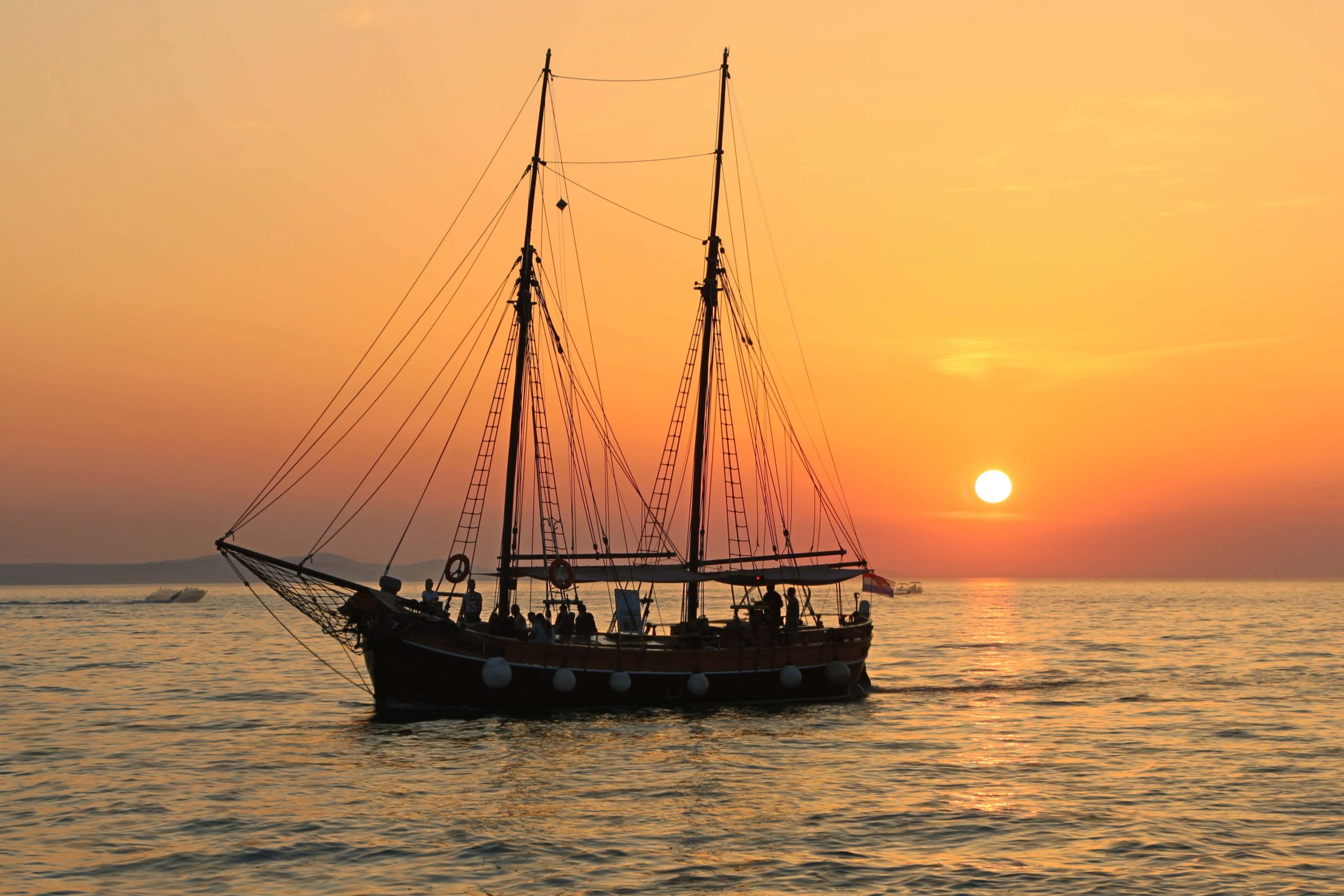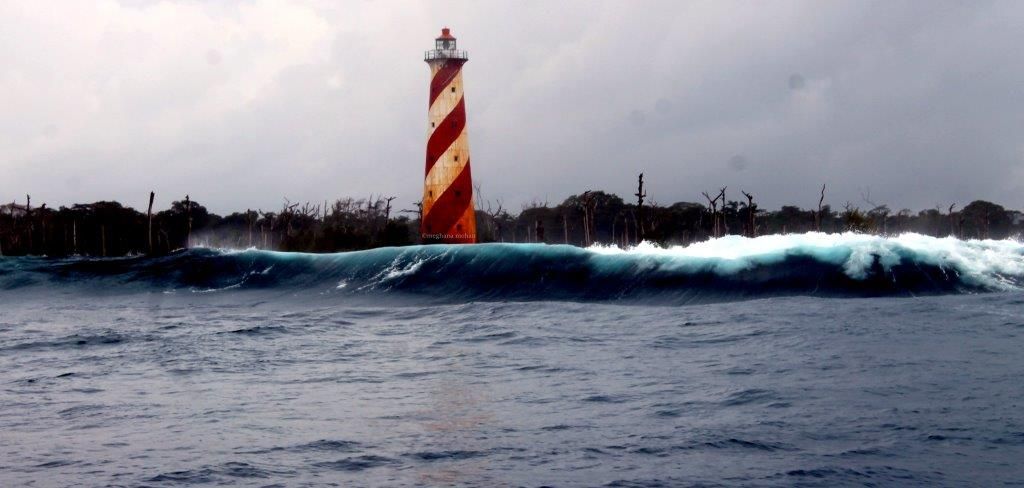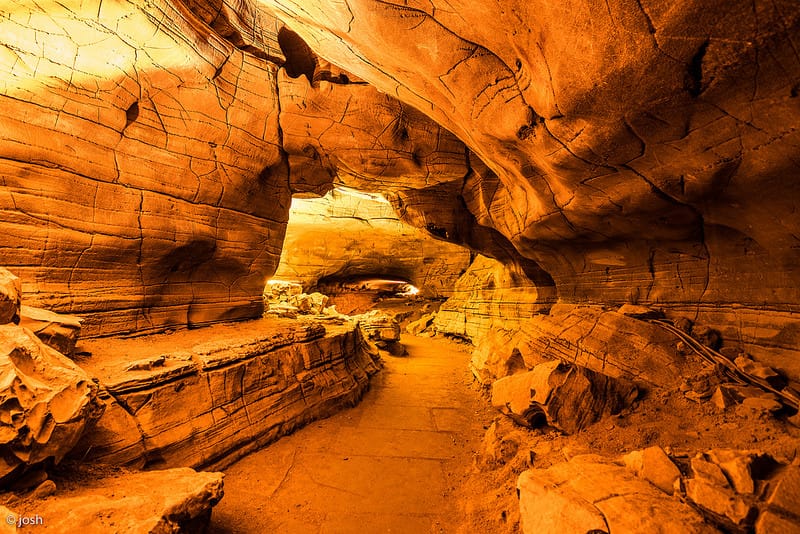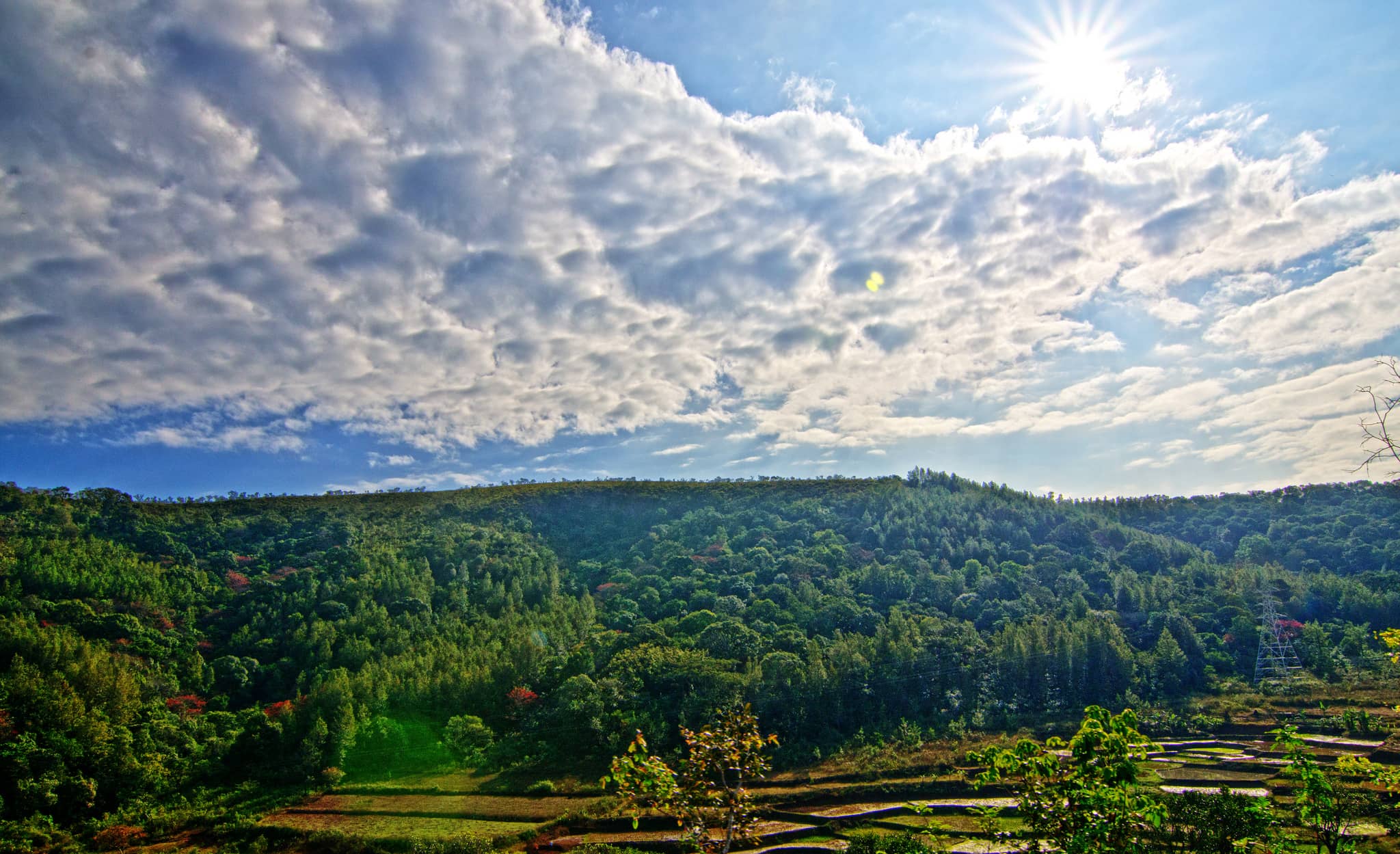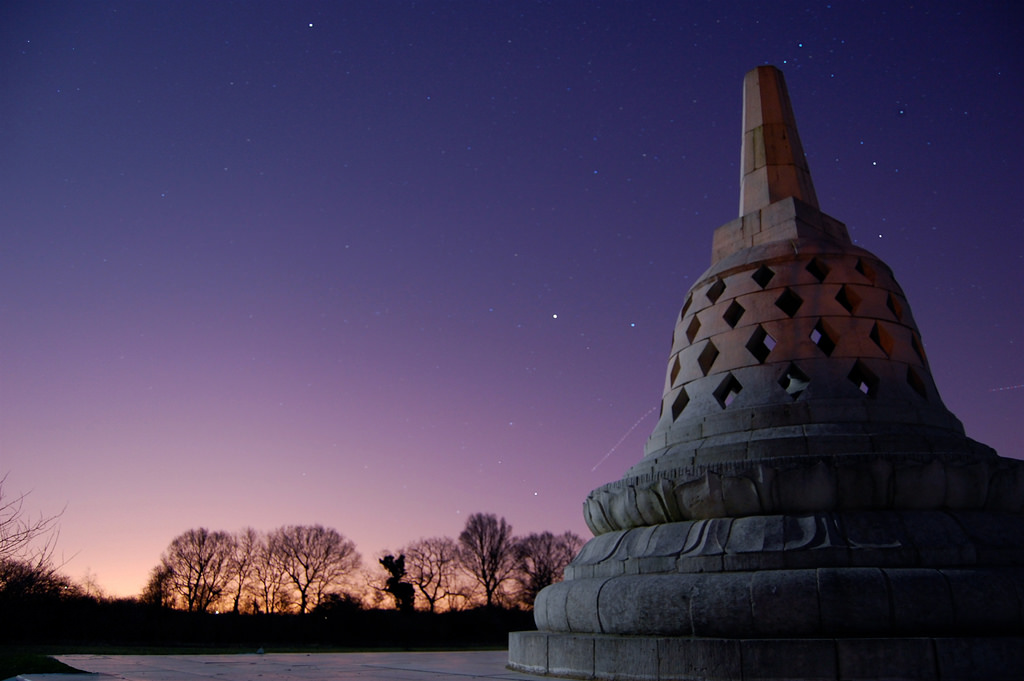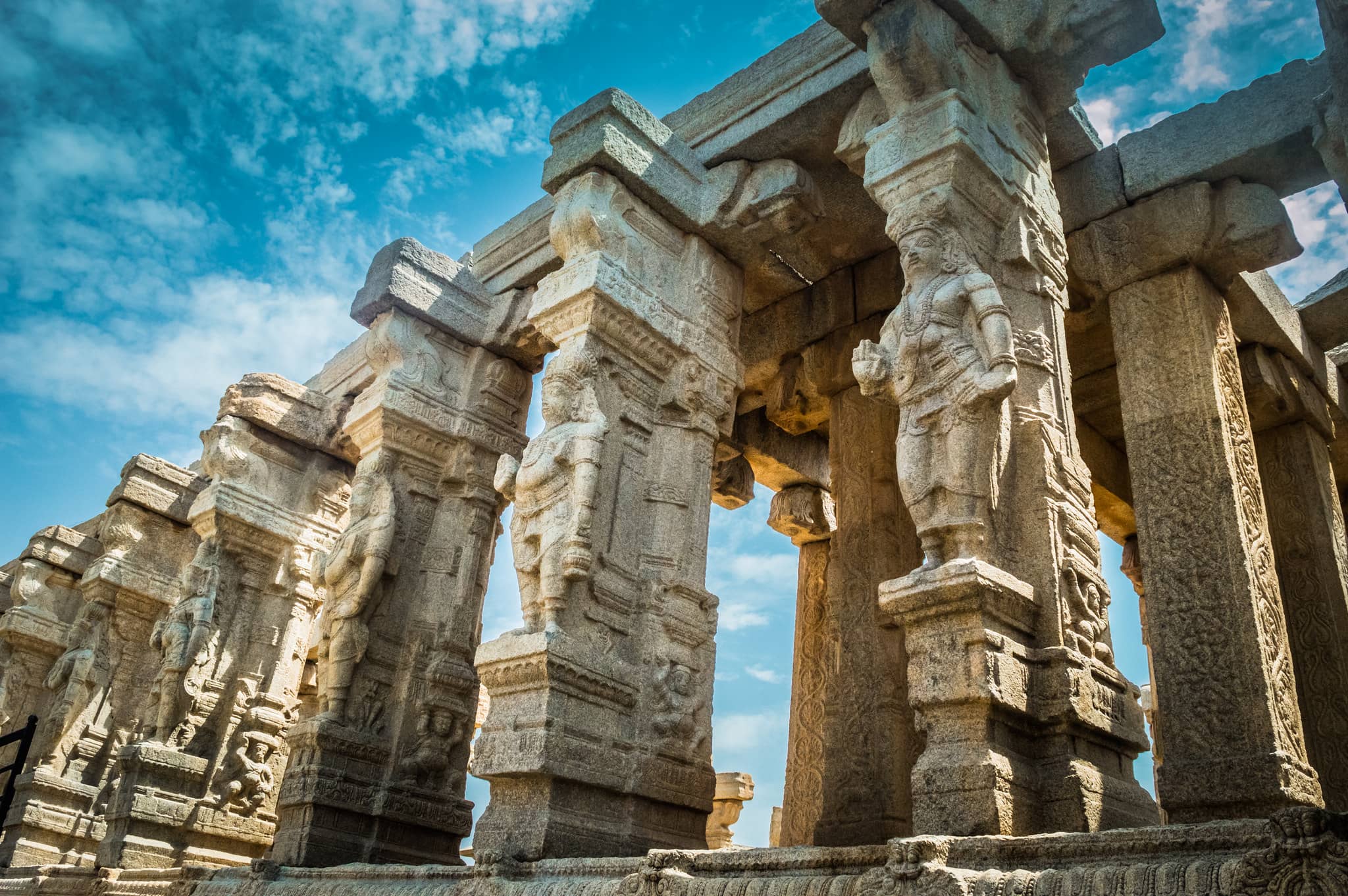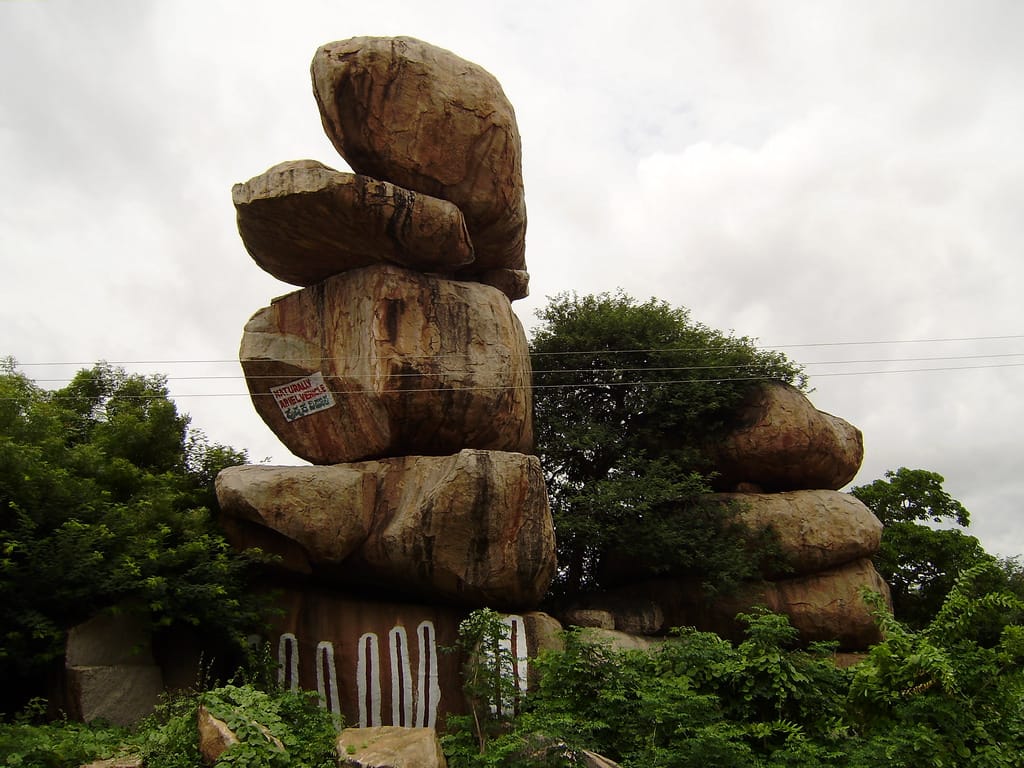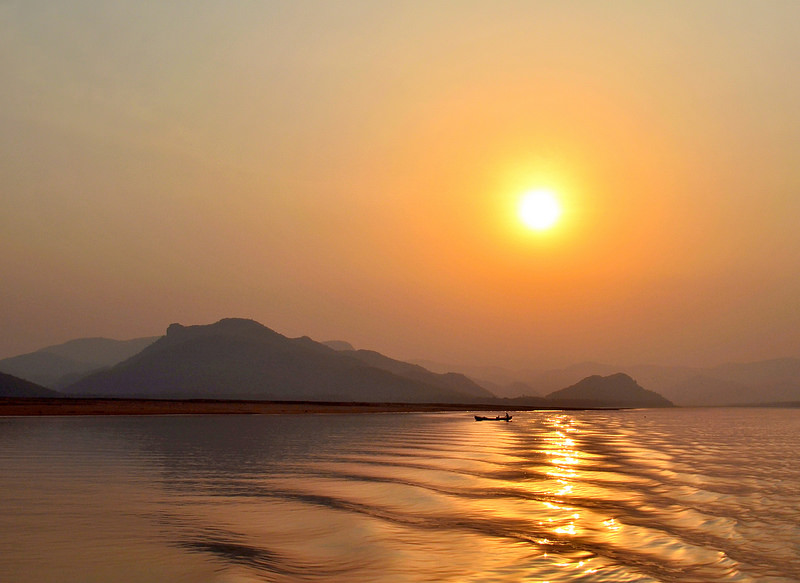Zadar is a city on Croatia’s Dalmatian coast, known for its Roman and Venetian ruins. The Old Town is surrounded by ancient city walls, with several Venetian gates. The Roman Forum is nearby, with the 11th-century St. Mary’s Convent, home to religious art from the 8th century. St. Anastasia’s Cathedral, built in the 12th century, and the round, 9th-century St. Donatus Church are key landmarks. The seaside promenade, called the Riva, is a popular spot for walks and sunsets. Notable attractions include the Sea Organ, a unique instrument played by the sea, and the Sun Salutation, both designed by artist Nikola Bašić. The Archaeological Museum showcases the city’s rich history, and Kolovare Beach, to the east, offers bars and restaurants. Kornati National Park, just offshore, is perfect for sailing, diving, and snorkeling.
places to visit in Zadar
Muzej Iluzija

The Museum of Illusions in Zadar features a variety of optical illusions and visual tricks. Visitors can explore displays like kaleidoscopes, holograms, and a room full of mirrors. There are also fun challenges like puzzles, quizzes, and impossible knots. One of the most fascinating exhibits is a head-on-table illusion, where visitors’ heads seem to float. The museum also offers a smart playroom filled with mind-bending games and puzzles. It’s a great spot for those who enjoy playful, brain-stimulating experiences.
Archaeological Museum
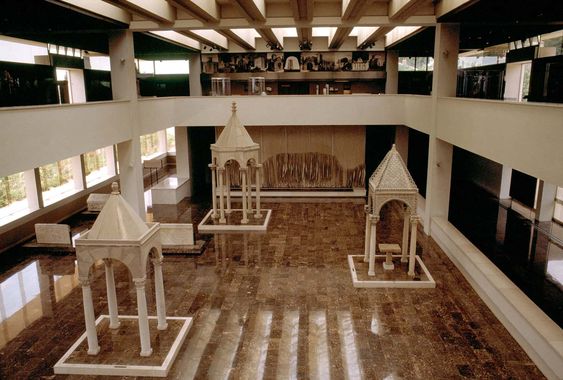
The Archaeological Museum in Zadar holds over 100,000 artifacts from various historical periods. Its collections span from the 7th to the 12th century, highlighting Croatia’s cultural heritage. Visitors can explore exhibits showcasing the ancient material and spiritual culture of the Croats. The museum provides a deep dive into Zadar’s role throughout history, offering a look at artifacts that reflect the city’s diverse past. It’s a must-visit for history enthusiasts eager to understand Zadar’s significance over the centuries.
People’s Square
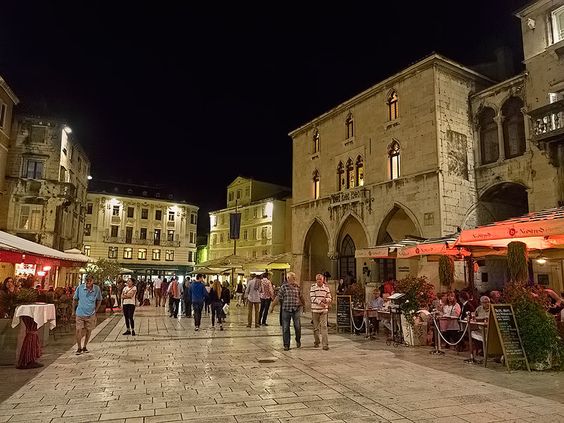
People’s Square in Zadar is a historic and lively place surrounded by beautiful old buildings and an 11th-century church. This square has been at the heart of the city’s public life for centuries. Today, it is filled with cafes offering outdoor seating where visitors can relax and enjoy the atmosphere. The square is a favorite spot for tourists and locals alike to gather, shop, and enjoy the sights of Zadar. It’s a great place to take in the city’s vibrant culture and history.
Ošljak

Ošljak is a small Croatian island located between Zadar and Ugljan. Known for its natural beauty, the island was once called Calugerà after the noble Calogerà family. The family built a summer residence and gardens there, adding to the island’s historic charm. Today, Ošljak is a peaceful retreat, ideal for visitors seeking a quiet escape. Its proximity to Zadar makes it a great day-trip destination for exploring the Adriatic’s serene islands.
The Gold and Silver of Zadar
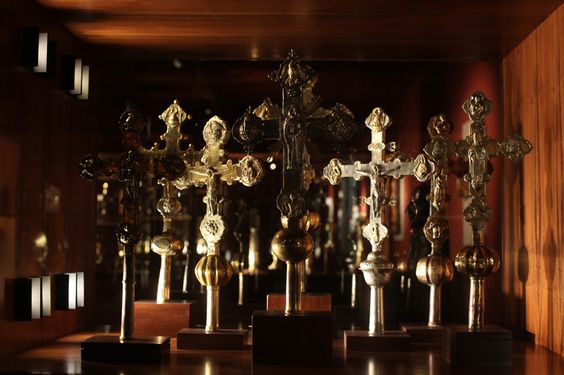
The Gold and Silver of Zadar exhibition showcases the rich cultural history of the city, displayed in the Benedictine Convent of St. Mary. The collection includes priceless treasures from the 8th to 18th centuries. It highlights Zadar’s importance as a cultural hub during the Middle Ages. The exhibition features exquisite gold and silver artifacts, giving visitors a glimpse into the city’s medieval splendor. It’s a perfect spot for anyone interested in Croatian history and craftsmanship.
Church of St. Donatus
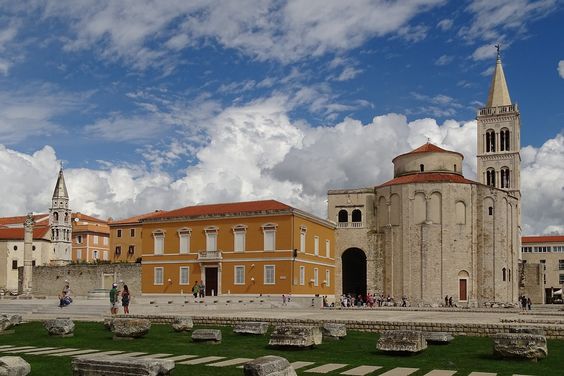
The Church of St. Donatus in Zadar, built in the 9th century, is one of the largest Pre-Romanesque structures in Croatia. The church was originally part of the Roman Forum, making it a significant historical landmark. Over the years, it has served various purposes, including as a warehouse under Venetian rule. Today, it’s known for its impressive acoustics and is used for concerts, particularly the International Festival of Medieval Renaissance Music. It’s a remarkable example of Zadar’s rich architectural heritage.
Sea Organ
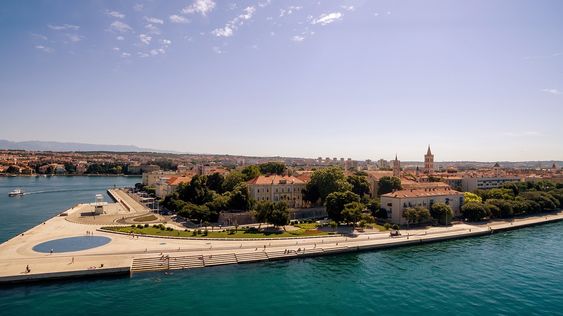
The Sea Organ in Zadar is an innovative sound art installation located along the waterfront. The organ is played by the sea waves, which flow through tubes underneath marble steps. As the waves move, they create random but harmonious sounds. It’s an artistic and peaceful experience that blends natural elements with human-made structures. The Sea Organ is a unique attraction and a must-see for those visiting Zadar, offering an auditory connection with the ocean.
Zadar Cathedral
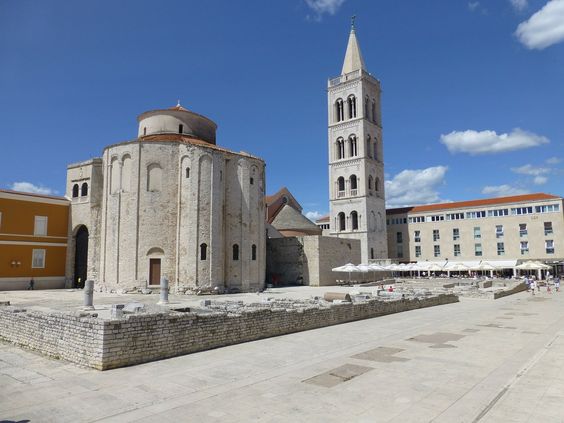
The Cathedral of St. Anastasia in Zadar is the largest church in Dalmatia and a prominent Roman Catholic site. The church’s origins date back to the 4th and 5th centuries when it was first built as a basilica. It is home to the Zadar Polyptych, a significant work by Venetian artist Vittore Carpaccio. The cathedral is a beautiful mix of historical architecture, with its serene atmosphere and stunning art. It remains a major religious and cultural symbol in the city.
Monument to the Sun
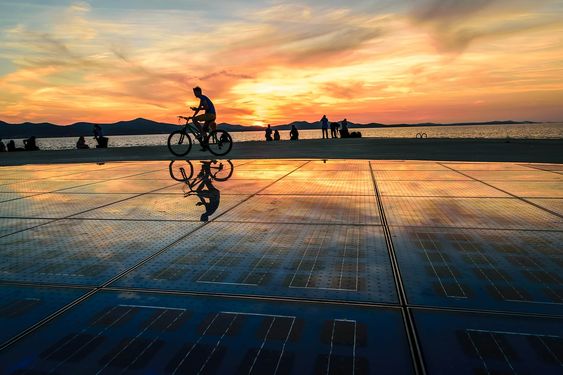
The Monument to the Sun, also known as the Greeting to the Sun, is an impressive installation in Zadar. It consists of a circle of 300 multi-layered glass plates, which interact with the sunlight. Beneath the plates are photovoltaic solar modules that power the monument. Designed by Croatian architect Nikola Bašić, it symbolizes a connection with nature and light. Located near the Sea Organ, it’s a visual and environmental masterpiece.
Land Gate
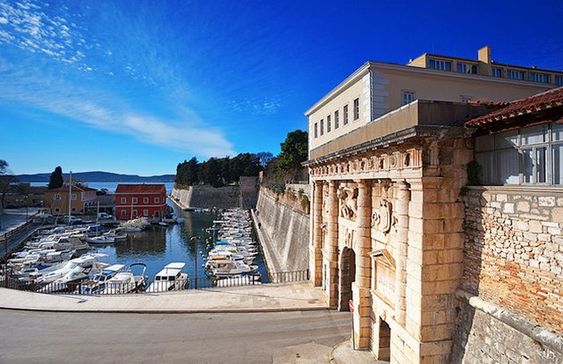
The Land Gate in Zadar, built in 1543, is one of the city’s most beautiful stone gates. It once served as the main entrance to the city, offering a majestic view of the water. Designed by Venetian architect Michele Sanmicheli, the gate features a large triumphal arch and two smaller side arches. The arches are decorated with images of St. Chrysogonus, Zadar’s patron saint. It’s a fine example of Venetian Renaissance architecture and a historical landmark in Zadar.
Best time to visit Zadar
The best time to visit Zadar is from May to September when the weather is warm and perfect for exploring. During these months, you can enjoy the city’s beautiful beaches and outdoor attractions. The summer season brings lively festivals and events. The pleasant temperatures make it ideal for sightseeing and strolling along the waterfront. Expect clear skies and long sunny days during this period.
